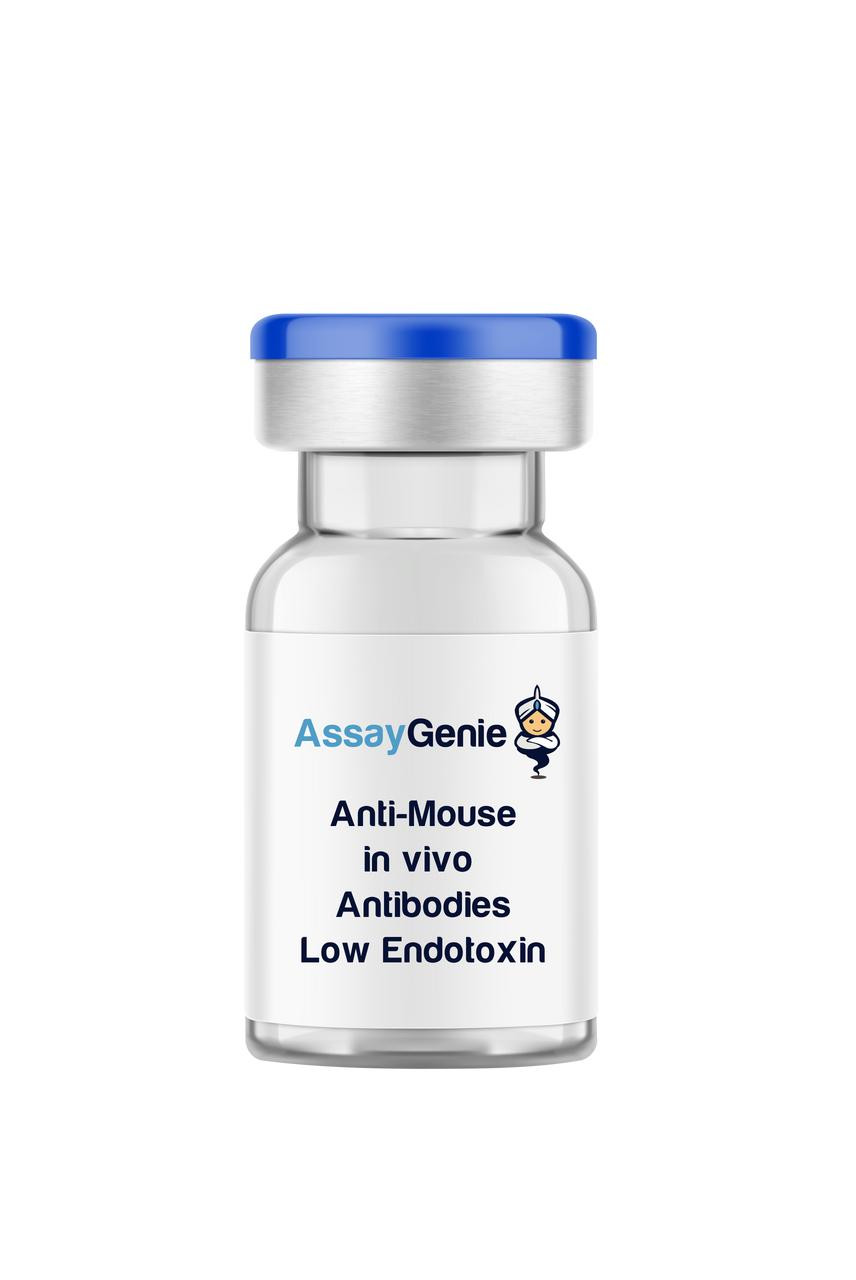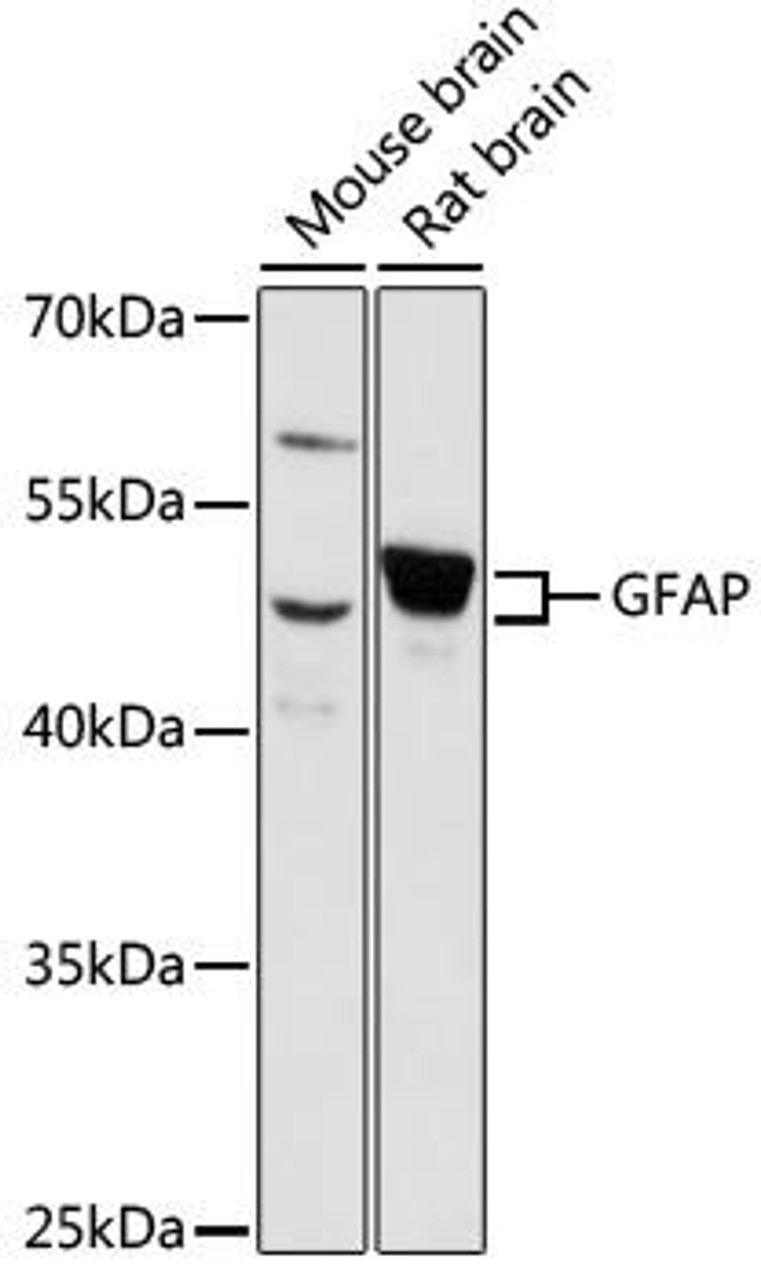Antibodies
Antibodies
Over 30,000 antibodies across a range of species and research areas!
Antibodies by Technology
| Versatile | Compatible with ELISA, Western Blot, Flow Cytometry, Immunofluorescence and more! | |
| Precise | Validated for accuracy and reliability in research applications | |
| Compact | Available in 20 µL sizes for smaller studies and early research phases with high concentration |
Popular Antibodies
Versatile and Reliable Antibodies
Unleash the potential of your research with our highly versatile antibodies. Ideal for applications like ELISA, Western Blot, Flow Cytometry, Immunofluorescence and more! Our antibodies have been validated for precision and reliability. Furthermore, our 20 µL sizes are a perfect match for smaller studies or early research phases. With high concentration and accuracy, they streamline your experiments for precise, reliable data in a compact package. The ultimate combination to accelerate your science!
Unmatched Support & 100% Satisfaction
At Assay Genie, your success is our success. That's why we go above and beyond in providing exceptional support before, during, and after your experiments. Our confidence in our products is so strong that we offer a 100% money-back guarantee if they don't perform as specified.
Rapid Delivery Worldwide
Your research doesn't wait, and neither should you. Whether through our trusted local distributors or direct sales network, we make sure our products reach your lab swiftly.
Have a Question?
We know that selecting the right antibodies for your research is crucial. If you have any questions or need guidance about our versatile range of antibodies, don't hesitate to get in touch!






